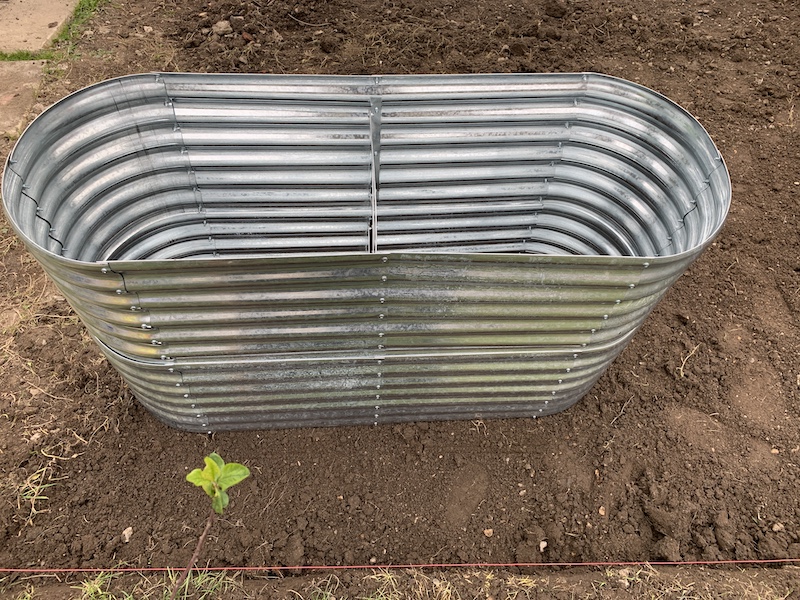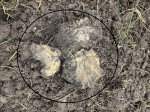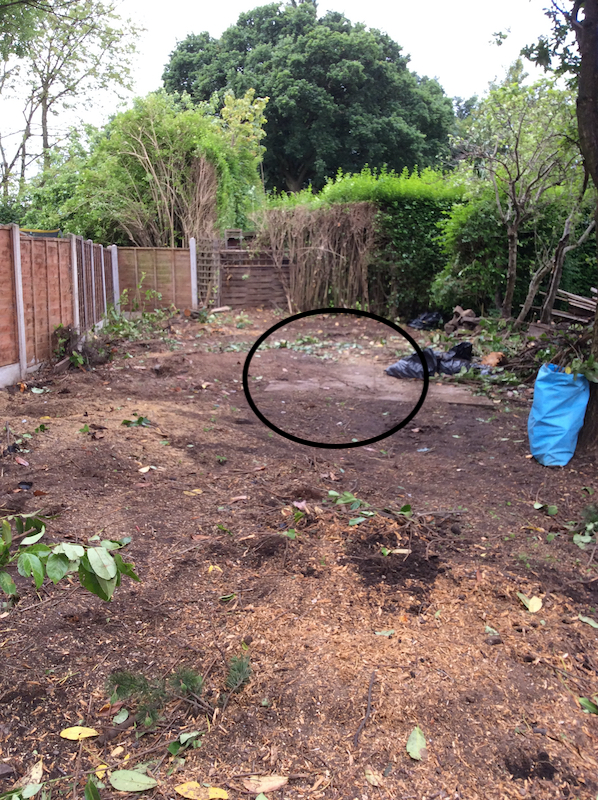Compost Bins
Wondering what compost bins are, how they fit into home gardening and do they work?
Let's find out.
Firstly - A compost bin along with compost is very different to the food waste box that is provided by some councils. What goes inside each of these items differs greatly.
If your garden allows the space, like a small corner, preferably a space that gets some sun and you want to try to grow vegetables and flowers then it is worth investing in one.
These bins keep garden waste together neatly unlike compost heaps.
In some cases of very small gardens it just isn't feasible. Another choice will be a wormeries which can be bought as kits and are smaller still.
Councils may provide a garden waste bin which is really handy, there is usually a yearly charge but it does save many trips to the local recycling centre.
What goes in a Compost Bin?
YES to:
Raw vegetable peelings
Fruit peelings
Shredded paper
Faded flowers
Trimmings from pruning plants
Grass Cuttings
Tea Bags
Coffee Granules
Crushed Washed Egg Shells
NO thank you to:
Any cooked vegetable
Protein - meat, fish, dairy etc
Pet Faeces
Coloured Paper
Treated wood
Plants that have diseases
Strong persistent weeds
Anything that may attract vermin
I have had a compost bin for many years and I wouldn't put in garden weeds.
These go into the green waste wheelie bins provided by the council where some make their own compost.
If this is done commercially the heat that would be obtained would probably kill the weed seeds. I doubt my garden compost would reach these high temperatures so all I would be doing is spreading the weed seeds.
I have tried composting some products that state they are biodegradable only to remove them years later fully intact.
In my garden at the moment I am lucky enough to have a separate container for fallen leaves as these decompose slower than other plants.
Woody stalks will take longer to decompose but also provides air pockets in the compost.
If there has been too much green put into a bin the compost could be sticky and wet. This can be soaked up by adding some dry items such as shredded paper. cardboard or animal bedding.
Sometime compost bins need an activator and chicken manure is great for that.
I also don't put fallen fruit in the compost bins (unless it has been a bumper year) as the birds and insects will eat them if left on the ground.
Types of Compost Bins
They come in different shapes and sizes and are usually made from plastic. These provide a place to contain and decompose raw vegetable and fruit waste. Other things that can go into them are grass cuttings.
Fallen fruit like apples and damsons will eventually compost away where they drop as that is part of the cycle of plants. Bins will help to speed this process up and keep everything in the one place.
Plastic Cone or Square Shaped
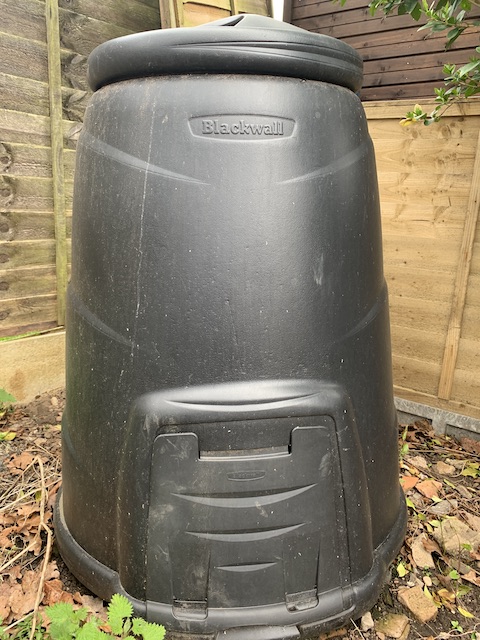 Plastic cone shaped bin
Plastic cone shaped binThese come in different sizes depending on how much will be thrown away and if you have a lawn it can mount up.
There is a lid and usually a flap at the bottom that can be lifted in order to get to the well rotten down material in the base and not the new vegetation that has been just added at the top.
Wooden Square Shaped
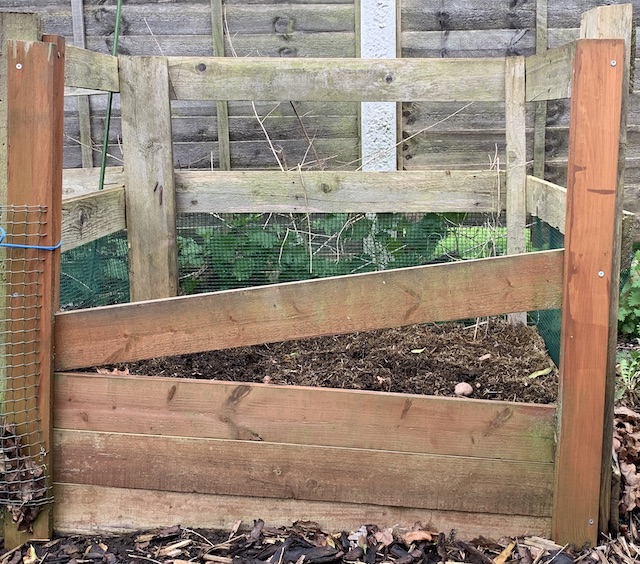 My very rustic wooden compost bin
My very rustic wooden compost binThese can be bought or be home made and can come with a lid. A piece of plastic sheeting can be placed over the top and held in place with bricks etc if there is no lid.
These should have the wood covering the side and back panels. The front panel has removable slats that allows access to the rotted compost at the bottom.
I sometimes transfer the compost from the plastic bin into this one to allow decomposition for longer. When the lawn is mown the cuttings are added straight into this one if the plastic one is full.
Tumbling Compost Containers on Stands
These are plastic with holes in the sides and at the base to allow air to flow in.
These bins do not touch the ground but are on a stand to allow the whole container to be turned regularly.
There are micro-organisms everywhere so they will get inside this bins via the raw food scraps and from the air. The tumbling action allows the air to mix with the food waste to allow for the decomposition to start. Any liquid that comes out of the bottom of these bins can be collected in shallow trays and used a liquid plant food once it has been diluted. This is a side product from this process.
Purpose of a Compost Bin
These bins are usually made from plastic as this keeps heat, from the sun and from the decomposing process inside the container. Decomposition works better in heat and worms work their way through the matter inside especially with the ones that touch the ground.
In the plastic one I have now, I have never seen so many worms which are different from garden worms.
The results over time from these bins is dark brown soil conditioner that can be put back into the beds to add organic matter to the soil. This in turn allows the soil to retain water, encourage insects which brings in the wildlife.
Enjoy choosing your bins
- Home
- Vegetable Gardens
- Compost Bins
